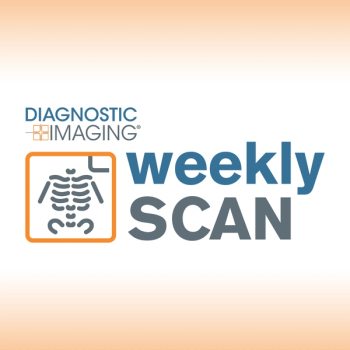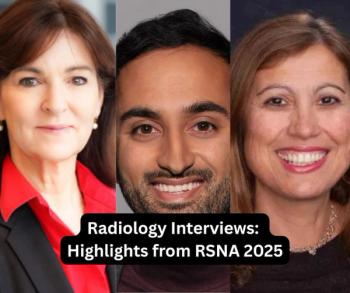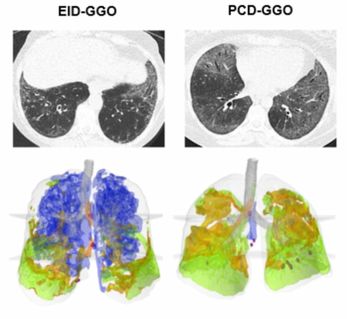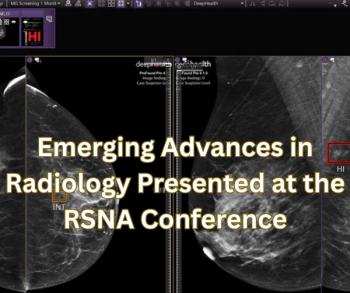
Seven-T MR knee imaging conquers 1.5T frontier
German researchers have introduced a 7T MRI protocol that allows visualization of all relevant anatomic structures and the most common pathologies of the knee. Seven-T may help imagers overcome 1.5T's inadequacy in small structures like articular cartilage.
German researchers have introduced a 7T MRI protocol that allows visualization of all relevant anatomic structures and the most common pathologies of the knee. Seven-T may help imagers overcome 1.5T's inadequacy in small structures like articular cartilage.
Dr. Oliver Kraff's team at the Erwin L. Hahn Institute for MRI at Duisburg-Essen University tested the knee protocol on 10 patients using a Siemens Magnetom 7T whole-body system. The 7T protocol enabled optimal visualization of meniscal tears and cruciate ligaments, with a total data acquisition time of about 45 minutes. Kraff released his findings at the 2007 International Society for Magnetic Resonance in Medicine/European Society for Magnetic Resonance in Medicine and Biology meeting in May.
Newsletter
Stay at the forefront of radiology with the Diagnostic Imaging newsletter, delivering the latest news, clinical insights, and imaging advancements for today’s radiologists.




























